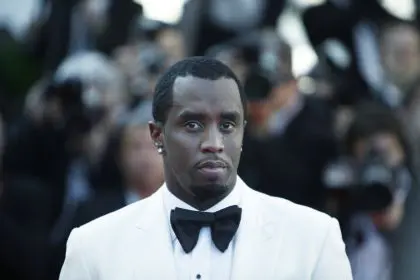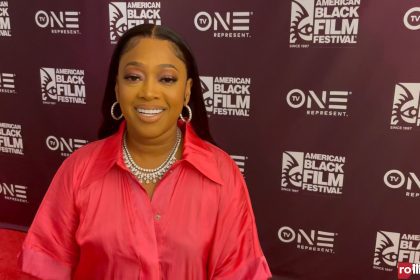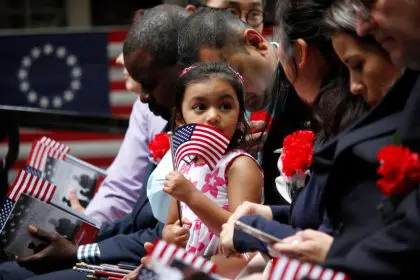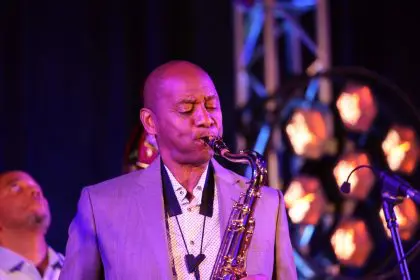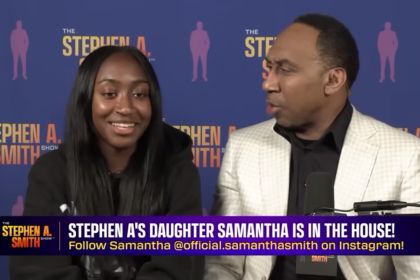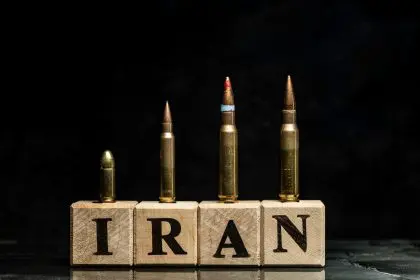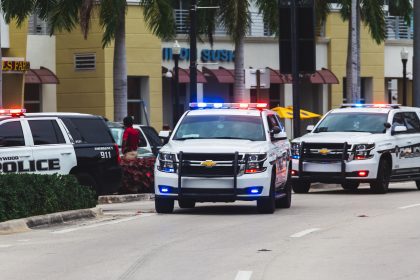The glittering lights of the Las Vegas Strip became the backdrop for a deadly confrontation Sunday night when an online feud between social media personalities exploded into real-world violence, leaving two people dead on one of America’s most famous tourist destinations. What started as digital drama and heated exchanges across multiple social platforms ultimately culminated in gunfire that shattered the typical party atmosphere of Las Vegas Boulevard.
The shocking incident demonstrates how social media conflicts that begin as entertainment for followers can spiral into dangerous real-world confrontations with devastating consequences. The shooting occurred in full view of tourists and locals enjoying a typical Sunday evening on the Strip, turning what should have been a safe entertainment district into a crime scene.
This tragic escalation from online antagonism to deadly violence highlights the increasingly blurred lines between digital personas and real-life consequences, particularly when social media influencers build their brands on conflict and confrontation that can attract dangerous attention and escalate beyond anyone’s control.
Tourist destination becomes crime scene in minutes
Las Vegas Boulevard was bustling with its usual weekend crowd when the sound of gunshots pierced through the typical noise of traffic, music, and conversation that characterizes the Strip. The shooting occurred on the west side of the famous street, an area typically filled with pedestrians, street performers, and tourists taking photos with the iconic casino backdrops.
Officers who were conducting routine patrols in the area immediately responded to the gunfire, arriving at the scene within minutes to find two individuals suffering from apparent gunshot wounds. Despite the rapid response and immediate medical attention, both victims were pronounced dead at the scene.
The quick police response prevented the situation from escalating further, but the damage was already done. The sight of emergency vehicles, crime scene tape, and investigators on the Strip created a jarring contrast to the entertainment and excitement that typically defines the area.
Witnesses described a chaotic scene as people initially confused the gunshots with fireworks or other entertainment before realizing the gravity of the situation. The incident temporarily disrupted foot traffic and business in the immediate area as authorities secured the crime scene.
Social media feud provided deadly motivation
Investigators quickly determined that the shooting wasn’t a random act of violence but stemmed from an ongoing conflict that had been playing out across various social media platforms. The digital disagreement had apparently escalated over time, with exchanges becoming increasingly hostile and threatening.
The conflict involved individuals who had built online followings and personas around confrontational content, creating a dangerous dynamic where backing down from disputes could be seen as damaging to their social media brands and reputations among their audiences.
Social media platforms had become the primary battleground for the dispute, with the individuals involved posting increasingly aggressive content that may have contributed to the eventual real-world confrontation. The online nature of the initial conflict made it visible to potentially thousands of followers who may have witnessed the escalation.
The case highlights how social media disputes can create pressure for individuals to maintain aggressive personas even when conflicts move from digital spaces into potentially dangerous real-world situations where the stakes become life and death.
Live streaming culture amplifies dangerous confrontations
The incident reportedly occurred while being broadcast live on video platforms, turning the tragic confrontation into content that was initially viewed by online audiences before being removed by platform moderators. This live streaming element adds another disturbing dimension to the case.
The practice of live streaming confrontations has become increasingly common among social media personalities who build audiences around drama and conflict. This creates incentives for escalating disputes because more dramatic content typically generates more views, engagement, and ultimately revenue.
Live streaming dangerous situations puts not only the participants at risk but also creates potential legal and ethical complications for platforms that host such content. The immediate broadcast of violence raises questions about platform responsibility and content moderation policies.
The removal of the video content following the shooting demonstrates how platforms struggle to balance free expression with preventing the spread of violent content, particularly when the line between entertainment and actual criminal activity becomes blurred.
Influencer culture creates pressure for escalation
The social media landscape rewards engagement, and controversial content often generates the most attention from audiences who follow personalities partly for the drama and conflict they provide. This creates perverse incentives for influencers to escalate disputes rather than resolve them peacefully.
Building an online brand around confrontation and aggression can trap individuals in cycles where they feel compelled to maintain their aggressive personas even when situations become genuinely dangerous. Backing down from conflicts can be perceived as weakness that damages their credibility with followers.
The monetization of social media content means that dramatic disputes can literally pay off for influencers through increased views, sponsorship opportunities, and merchandise sales. This financial motivation can encourage individuals to pursue conflicts that might otherwise be resolved through normal social mechanisms.
Young people who grow up in social media environments may not fully understand how online conflicts can translate into real-world violence, particularly when anonymity and distance normally provide protection that disappears when digital disputes move into physical spaces.
Law enforcement adapts to digital age crimes
Police investigators now routinely examine social media history and digital communications when investigating crimes that may have originated in online spaces. The digital trail left by social media conflicts often provides crucial evidence about motives, threats, and the escalation patterns that lead to violence.
The challenge for law enforcement is monitoring the vast amount of content posted across multiple platforms to identify when online conflicts pose genuine threats of real-world violence. Most social media disputes never escalate beyond verbal exchanges, making it difficult to predict which situations require intervention.
Investigators must now understand social media dynamics, platform algorithms, and influencer culture to effectively investigate crimes that originate in digital spaces. This requires new training and expertise that goes beyond traditional criminal investigation techniques.
The case demonstrates how modern law enforcement must navigate complex relationships between online personas, digital evidence, and real-world criminal activity while respecting free speech protections and platform policies.
Platforms struggle with content moderation responsibilities
Social media companies face increasing pressure to identify and remove content that could lead to real-world violence while balancing free expression concerns and the practical challenges of monitoring billions of posts and videos daily across their platforms.
The live streaming of violent confrontations creates particular challenges because content moderation typically occurs after posting, leaving dangerous situations to unfold in real-time before platforms can respond. Automated systems struggle to distinguish between staged entertainment and genuine threats.
Platform policies around threatening content and harassment vary widely, and enforcement can be inconsistent, particularly when influencers with large followings generate significant revenue for the companies through advertising and user engagement.
The incident raises questions about whether platforms should bear greater responsibility for identifying and preventing conflicts that escalate from online disputes to real-world violence, and what tools and policies might be effective without excessively restricting legitimate expression.
Tragic reminder of social media’s real-world consequences
This deadly shooting serves as a stark reminder that online conflicts can have devastating real-world consequences that extend far beyond digital spaces. What begins as entertainment for social media audiences can quickly escalate into situations where lives are lost and families are destroyed.
The incident highlights the need for both social media users and platforms to recognize the potential dangers inherent in building brands around conflict and confrontation, particularly when those conflicts involve real people with real grievances rather than scripted entertainment.
For the families of the victims, the social media origins of the conflict provide little comfort as they deal with the permanent loss caused by what may have started as relatively minor disagreements that spiraled out of control in the attention economy of social media.
The Las Vegas Strip shooting demonstrates that the digital age requires new approaches to conflict resolution, content moderation, and understanding how online behaviors can translate into tragic real-world outcomes that affect entire communities beyond just the individuals directly involved.


